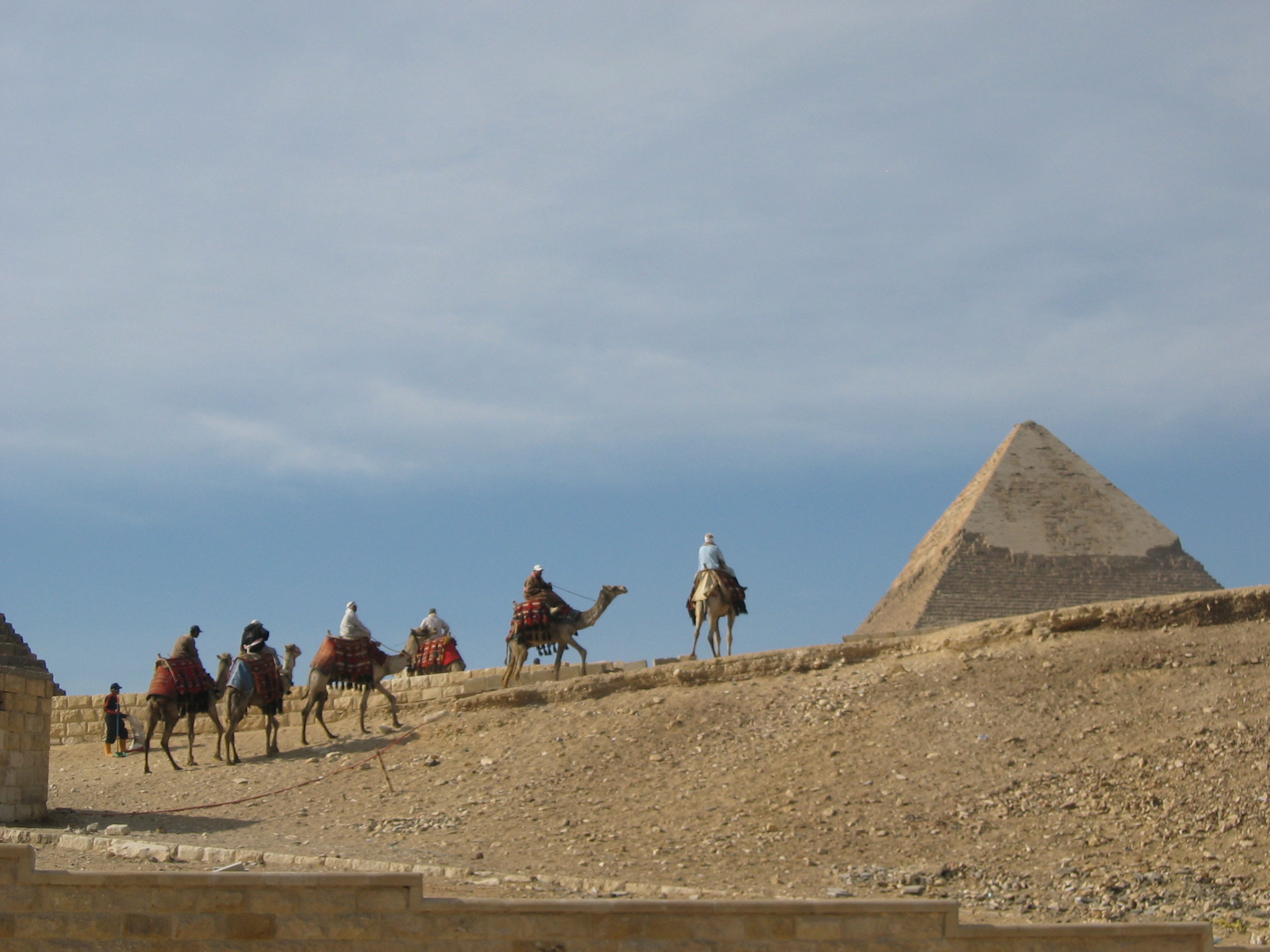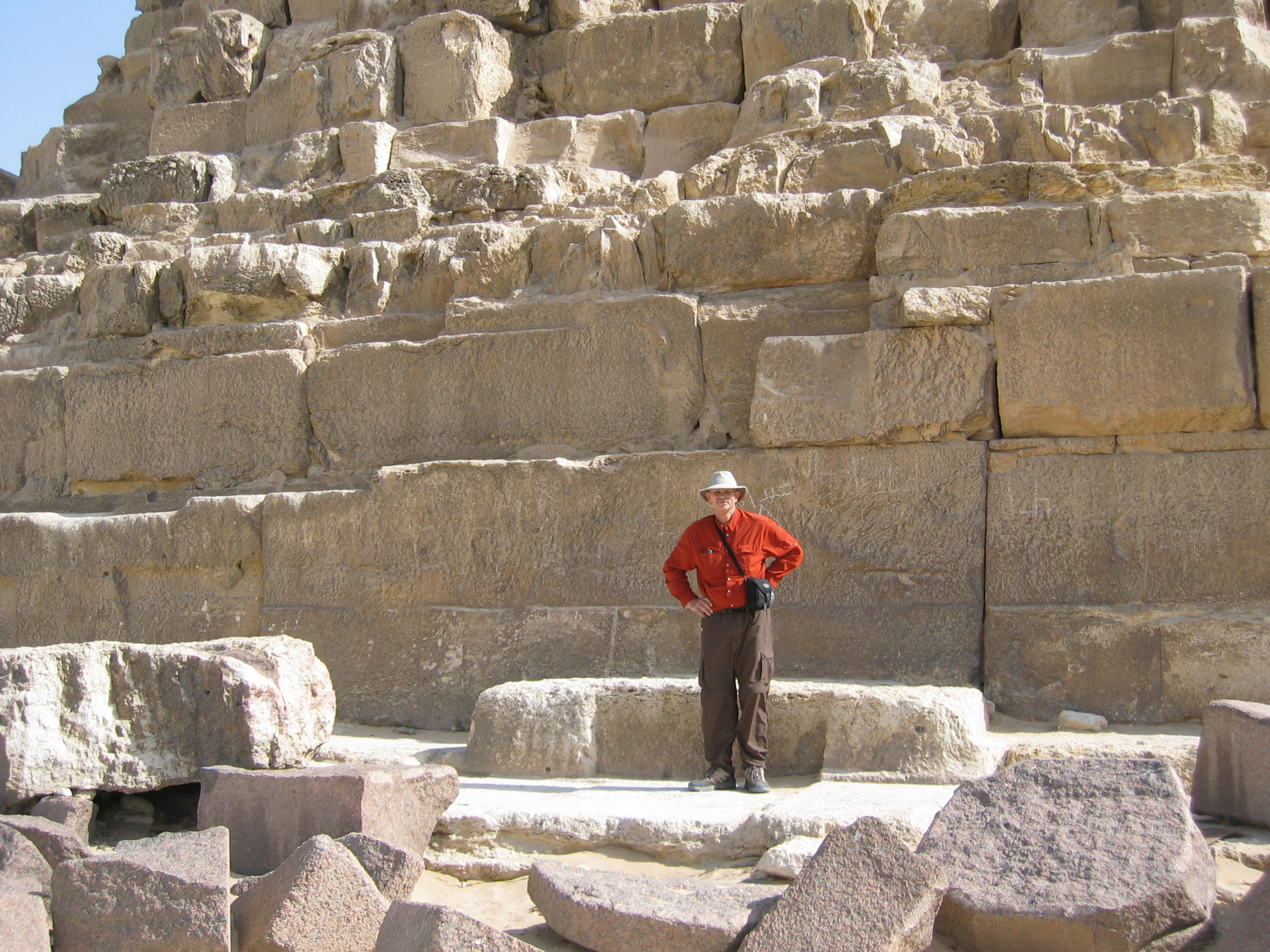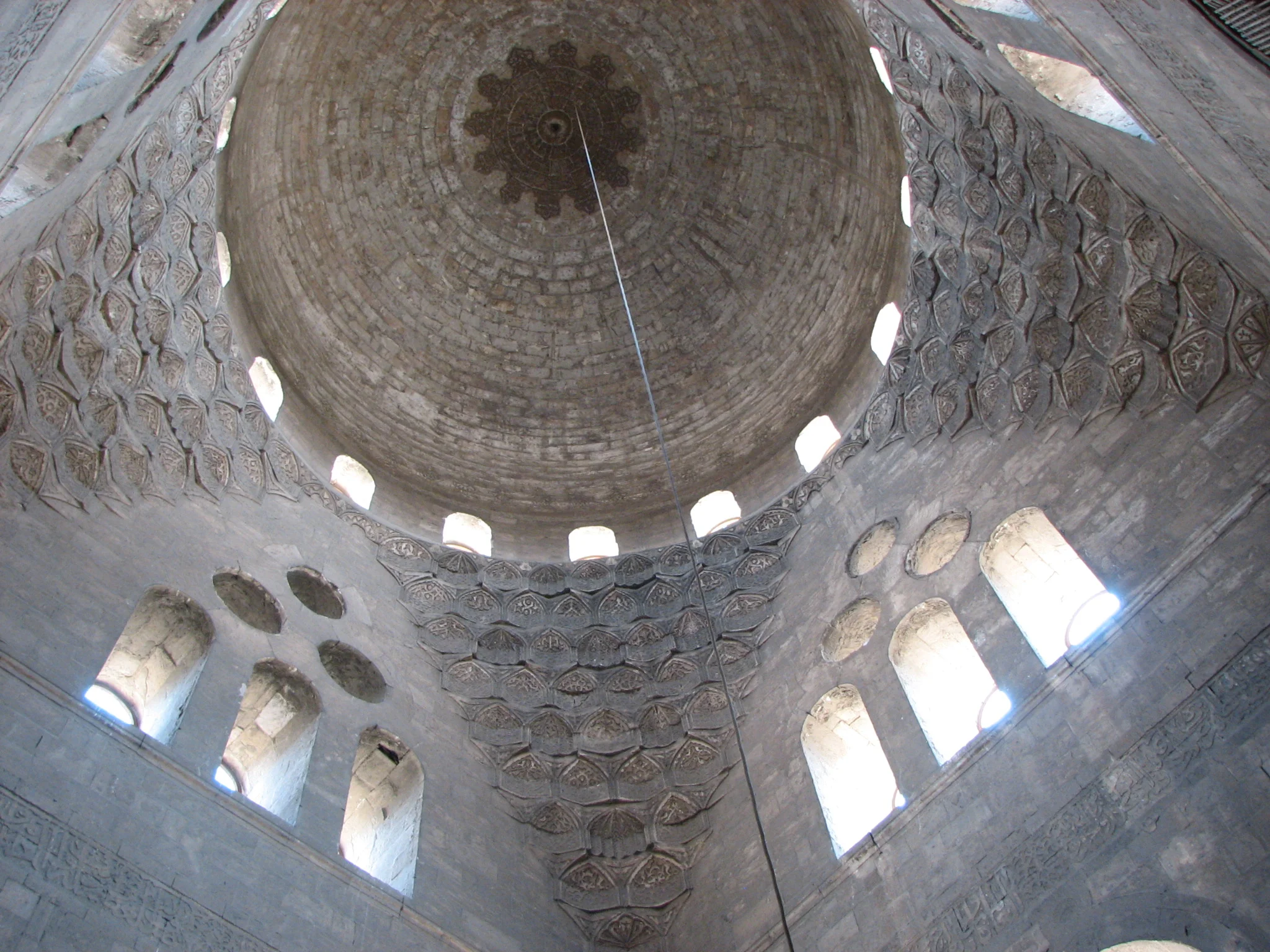Are You Ready to go to Egypt?
This trip was taken from April 21st to May 6th, 2007. This was an OAT (Overseas Adventure Travel) trip. My wife, Vicky, and I went with our friends Ron and Patty on this trip. Everything else below dates back to right after the trip, in May 2007.
Vicky and I recently got back from three weeks in Egypt and Jordan. It was all about the Antiquities – and Egypt has them. It was a very hard trip as far as I was concerned. We had 8 straight days with the temperatures over 100 degrees and as high as 114 in the shade. The days that weren’t over 100 were mostly in the high 90s. We were guarded by personal guards carrying AK-47s or Glock 9MM pistols, so they assured us that we were very safe. We also received many police escorts as we toured – just like royalty. It was also very windy and dusty on this trip, so some pictures are a bit on the hazy side. Many of the Egyptians were constantly there with a hand out – for a bribe, a tip, or any other thing they could think of. But we persevered, had a great time of it, and made it back home safely.
I’ve included some pictures to pique your interest. The first is of the major pyramids at Giza. The second is the start of a camel ride from the Nile to the St Simeon monastery. The third photo is the main temple at Abu Simbel. In the last photo, we have climbed the Red Pyramid at Dahshur and are about to enter the pyramid and crawl to the burial chamber.



























































































